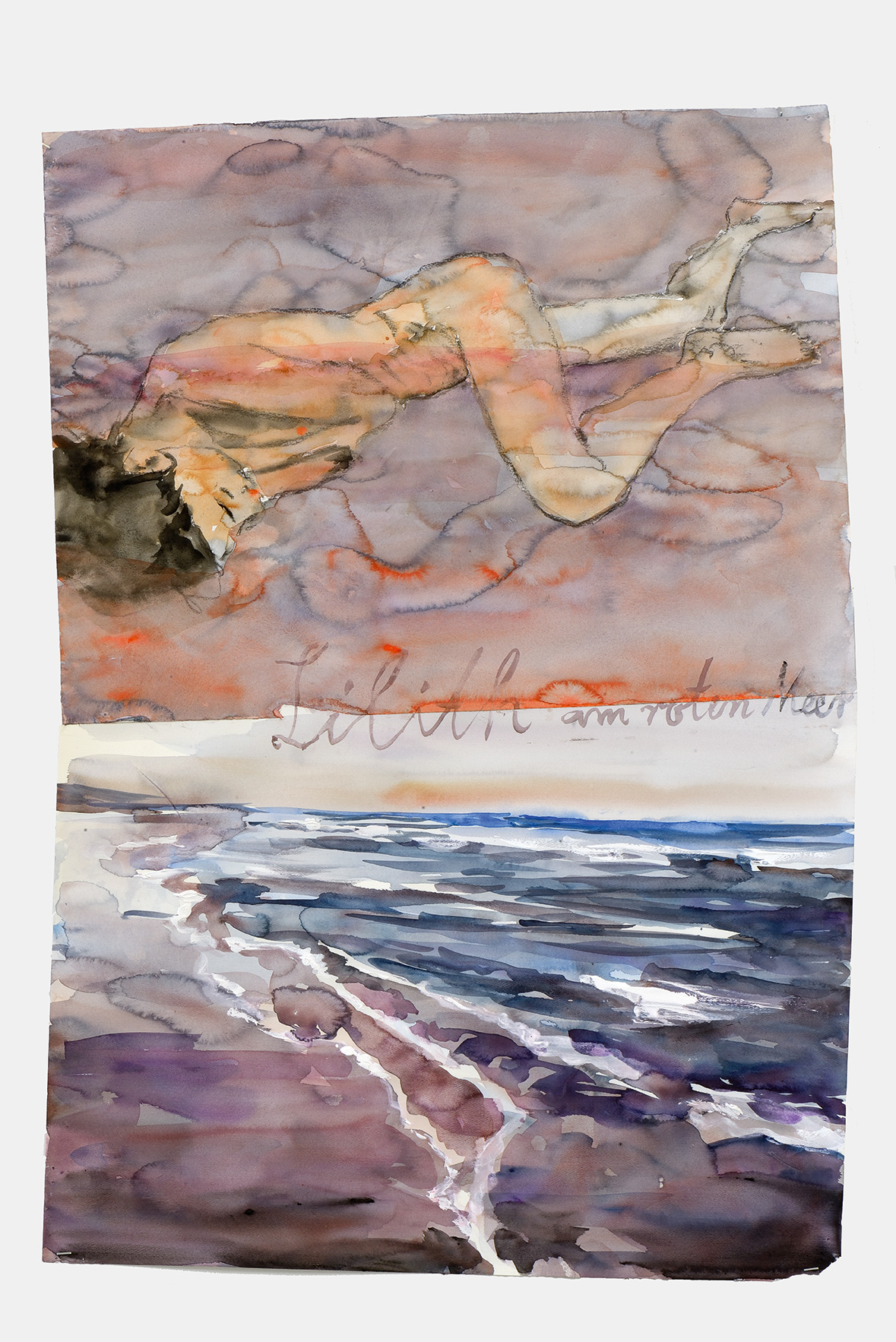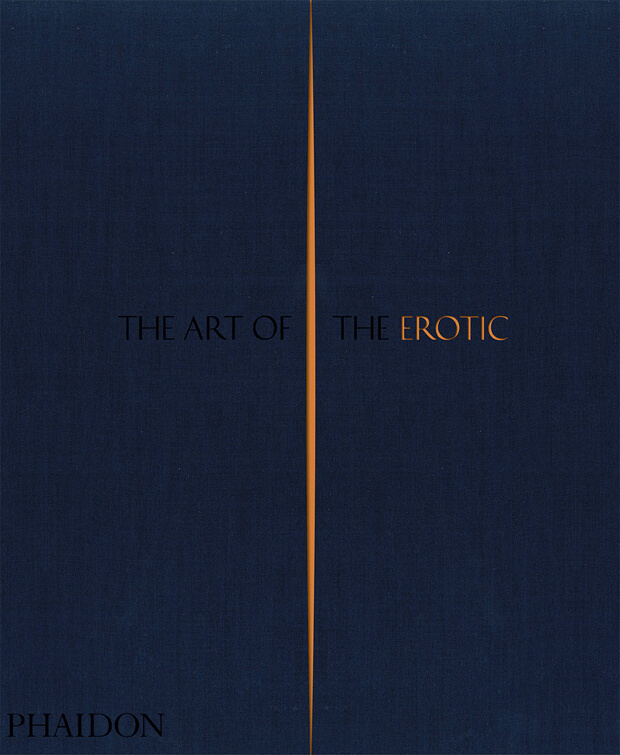
Who knew Anselm Kiefer did erotica?
The great German painter mixed ancient sex myths with sensual female nudity in this watercolour
If art is supposed to hold a mirror up to nature, then shouldn’t quite a few of the canonical classic, modern or contemporary works show us engaged in certain natural acts, nude as nature intended? Our new book The Art of the Erotic reproduces erotic works by many famous artists, some of them surprising, such as this piece by Anselm Kiefer.
Kiefer is better known for his monumental canvases, grappling with Germany’s post-war legacy, as well as other, equally dark themes. How does this work sit alongside those pieces? Well, there’s no denying the painting’s sensuality, yet in depicting a nude temptress, Kiefer doesn’t simply create a work of pornography, but instead re-examines some of his recurrent artistic preoccupations.
“Anselm Kiefer’s delicate painting Lilith am Roten Meer (Lilith at the Red Sea) is suggestive of a peaceful, gently sensual scene,” explains our new book. “The combined imagery of a woman lying naked and asleep above a depiction of the sea,which appears tranquil and reassuring, conveys a calm eroticism. Disrupting this, though, is the work’s title, which is scrawled across the centre of the piece, with the word ‘Lilith’ writ especially large. It is clear that Kiefer is referring to the character from Hebrew folklore, commonly known as the first wife of Adam,who left him and went to live by the Red Sea. Lilith appears in a variety of forms in stories and mythology,but she is most often depicted as a destructive, negative figure and represented as a demon or a siren.

The knowledge of this changes the atmosphere of Lilith am Roten Meer radically, although the figure of Lilith in the upper part of the painting remains fragile and vulnerable-looking. Kiefer was born in Germany in 1945, and has not avoided tackling his country’s past in his paintings, even addressing the subjects of Nazi rule and the Holocaust directly in his art. His paintings are usually large and, in contrast to the peaceful atmosphere of this individual work, incorporate materials that are symbolic of despair and chaos, such as ash, lead, dried plants and broken glass. This has led to his art being perceived as intense and upsetting, and the scenes in his paintings as provocative and violent. Lilith has appeared as a title in his works since the 1980s, most commonly in paintings with content that is far darker and more uncomfortable than this. In this context, the peace portrayed in this version appears deceptive. Instead of innocence, it evokes the understanding of Lilith as a siren, sent to lure men with her beauty and sexuality. Kiefer has created the perfect temptress, lying among the waves."
For more insight into the sex life of fine art, order a copy of The Art of the Erotic here.